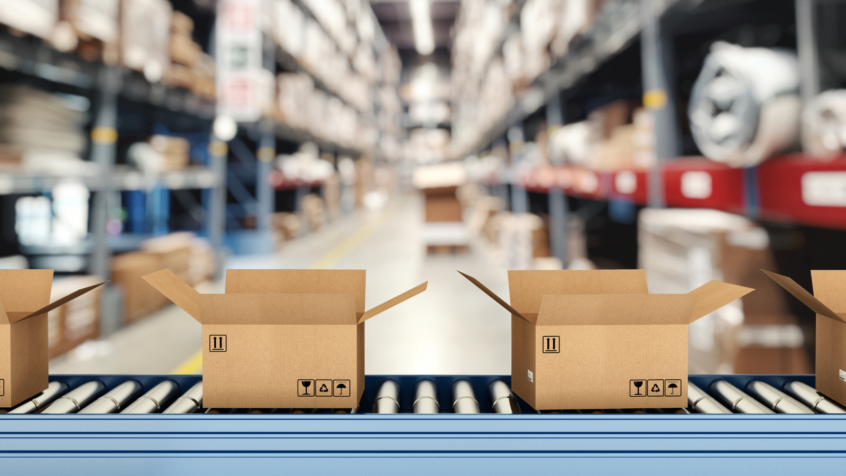The pet food supply chain is a complex web of processes that ensures our furry friends receive the nutrition they need. Many have wondered about the journey that pet food takes before it ends up in their pet’s bowl. This exploration offers a fascinating insight into the pet food supply chain, covering the entire process from sourcing ingredients to manufacturing, distribution, and the ultimate nourishment of our four-legged companions.
1.The journey begins with sourcing ingredients from various suppliers. A crucial aspect of logistics is coordinating the transportation of these ingredients to the pet food manufacturing facility. This involves efficient planning, including choosing the optimal transportation mode, arranging schedules, and monitoring the movement of goods to ensure timely delivery. The aim is to maintain the freshness and quality of the ingredients while minimizing transportation costs.
2. Once the ingredients arrive at the manufacturing facility, effective inventory management comes into play. Logistics professionals collaborate with production teams to ensure a seamless flow of ingredients and packaging materials. By carefully monitoring inventory levels, they can avoid stock outs or overstocks, optimizing production efficiency and minimizing wastage. Accurate forecasting and demand planning are vital to maintain an adequate supply of finished products.
3. Logistics plays a significant role in the packaging and distribution stage of the pet food supply chain. Packaging materials must be efficiently sourced and managed to ensure an uninterrupted production process. Once the pet food is packaged, logistics professionals coordinate the distribution to warehouses, retail stores, and online platforms. This involves route optimization, load planning, and coordination with transportation providers to deliver products promptly and cost-effectively.
4. In retail stores, effective inventory management is critical to meet consumer demand and minimize stockouts. Logistics professionals work closely with retailers to ensure optimal stock levels, timely replenishment, and accurate product rotation. This ensures that customers can find their preferred pet food brands consistently and promotes customer satisfaction.
5. Logistics also plays a role in managing reverse logistics, such as product returns and recalls. When necessary, pet food manufacturers need to efficiently retrieve and handle returned products. Additionally, logistics professionals collaborate with waste management providers to ensure proper disposal and recycling of packaging materials, adhering to environmental regulations and promoting sustainability.
Expanding Global Pet Food Market: The Role of Logistics
According to recent market research by Grand View, the global pet food market is expanding rapidly. It was valued at USD 99.1 billion in 2022 and is expected to grow at a compound annual growth rate (CAGR) of 4.3% from 2023 to 2030.
The market’s growth can be attributed to factors such as the increasing availability of organic pet food products in various flavors and the inclusion of essential ingredients like probiotics and antioxidants. These factors are expected to have a positive impact on the global market.
However, the growth of the organic segment may be hindered by its higher price, leading to lower product penetration in households that are unable to afford the more expensive products. Despite this constraint, the overall growth of the pet food market is projected to continue steadily in the coming years.
Logistics plays a pivotal role in the pet food supply chain, serving as its backbone. The seamless movement of ingredients, finished products, and packaging materials is made possible by the expertise of logistics professionals. Through efficient transportation optimization, inventory management, and well-coordinated distribution, they ensure that pet food reaches consumers in a timely and efficient manner.

